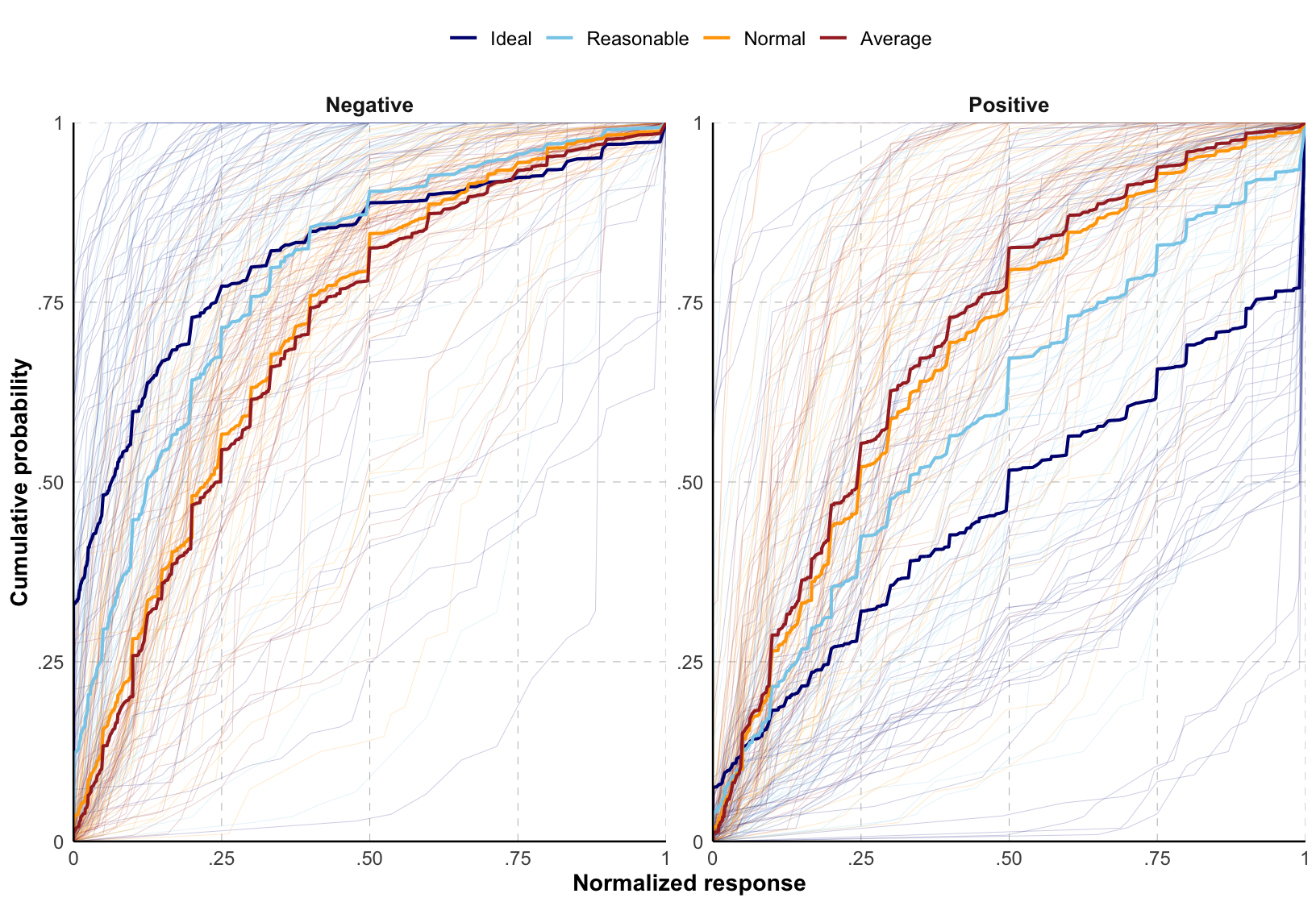the practical reason project
how often should we carry out various virtuous and vicious behaviors?
Over the past few decades, we have witnessed how certain practices that were once taken for granted have come to be morally questioned. This shift raises fundamental questions about the relationship between what we consider normal, reasonable and, ultimately, morally acceptable. Does the frequency with which something occurs, or the extent to which it is considered ideal, influence these perceptions?
This research examines how perceptions of normality and reasonableness are influenced by two types of frequency: how common something is (descriptive) and how desirable it is (prescriptive). In two studies, we analyse how these estimates are related and which of them is more influential.

Preliminary results show that both frequencies play a key role, but with nuances: ideal estimates weigh more heavily on reasonableness, while average estimates are more influential on perceptions of normality. Moreover, these differences have different effects on moral judgments, suggesting that our judgments are shaped by both the frequency with which something happens and the desirability we attribute to it.
These findings may contribute to a better understanding of the development of social norms, highlighting the interplay between the descriptive and the prescriptive in the construction of what we perceive as normal, reasonable and morally acceptable.